



Your choice to utilise a high-pressure cleaning device is not advisable for maintaining energy-generating surfaces. The intensity of water jets can lead to potential damage, including micro-cracks or an increase in wear on protective coatings. Instead, a gentler approach is recommended to avoid compromising the integrity of these systems.
Opt for tools specifically designed for maintenance tasks, typically featuring soft bristles and lower water pressure settings. Combining these tools with a solution that properly loosens dirt enhances the effectiveness of the maintenance process without risking damage. It’s also wise to carry out this procedure in cooler weather to prevent rapid drying of cleaning solutions, which could leave behind streaks or residues.
Always refer to the manufacturer’s guidelines before proceeding. Some systems may have specific requirements or warnings regarding maintenance methods. An annual or biannual cleaning schedule usually suffices, helping to ensure optimal performance without causing harm.
Cleaning with High-Pressure Equipment
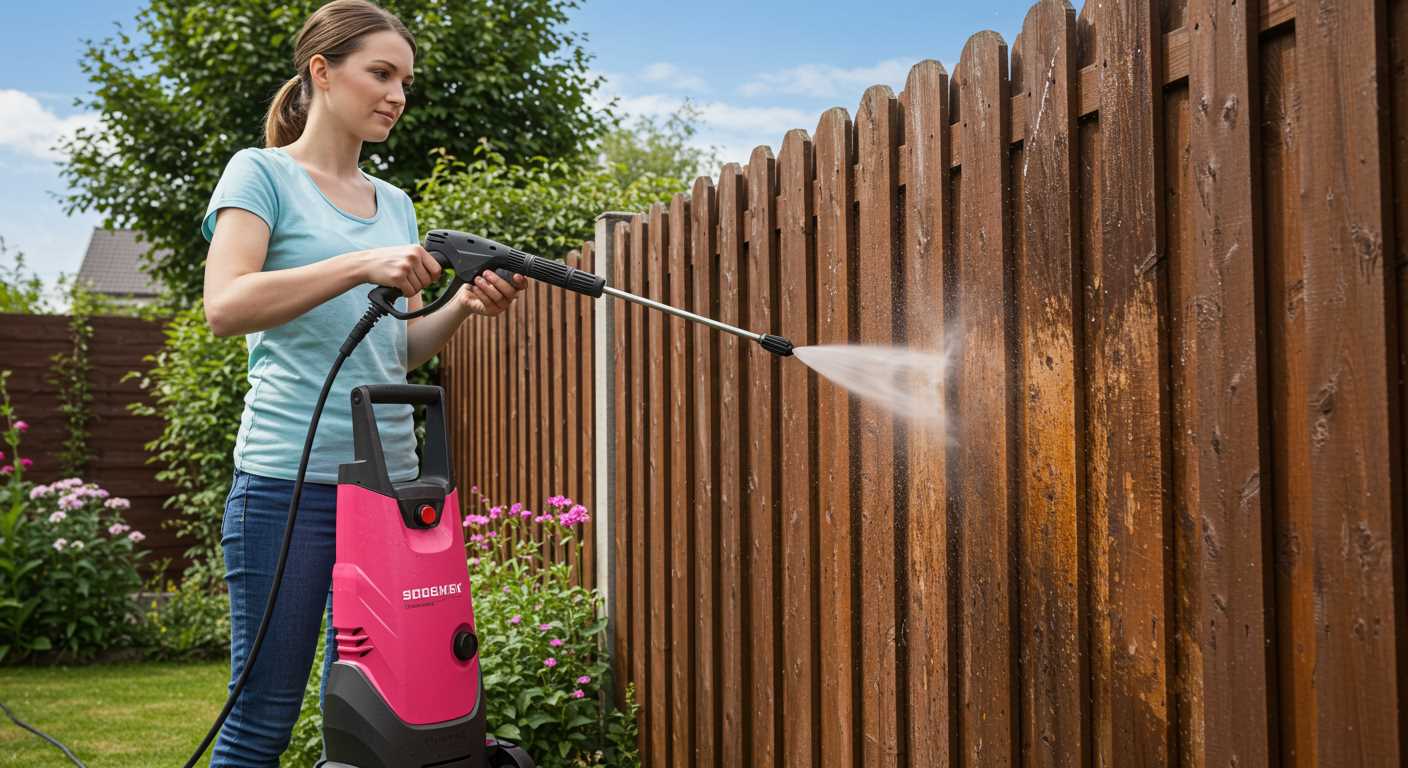
Using high-pressure equipment for the maintenance of photovoltaic surfaces is not advisable. The power generated by such tools can easily cause irreparable damage to the surface material, leading to cracking or scratching.
Risks Involved
High-velocity jets of water may displace seals, allowing moisture to infiltrate critical components. This risk extends beyond superficial damage, affecting overall system performance and longevity. Manufacturers typically recommend gentler methods such as soft brushes and low-pressure rinsing techniques.
Recommended Alternatives
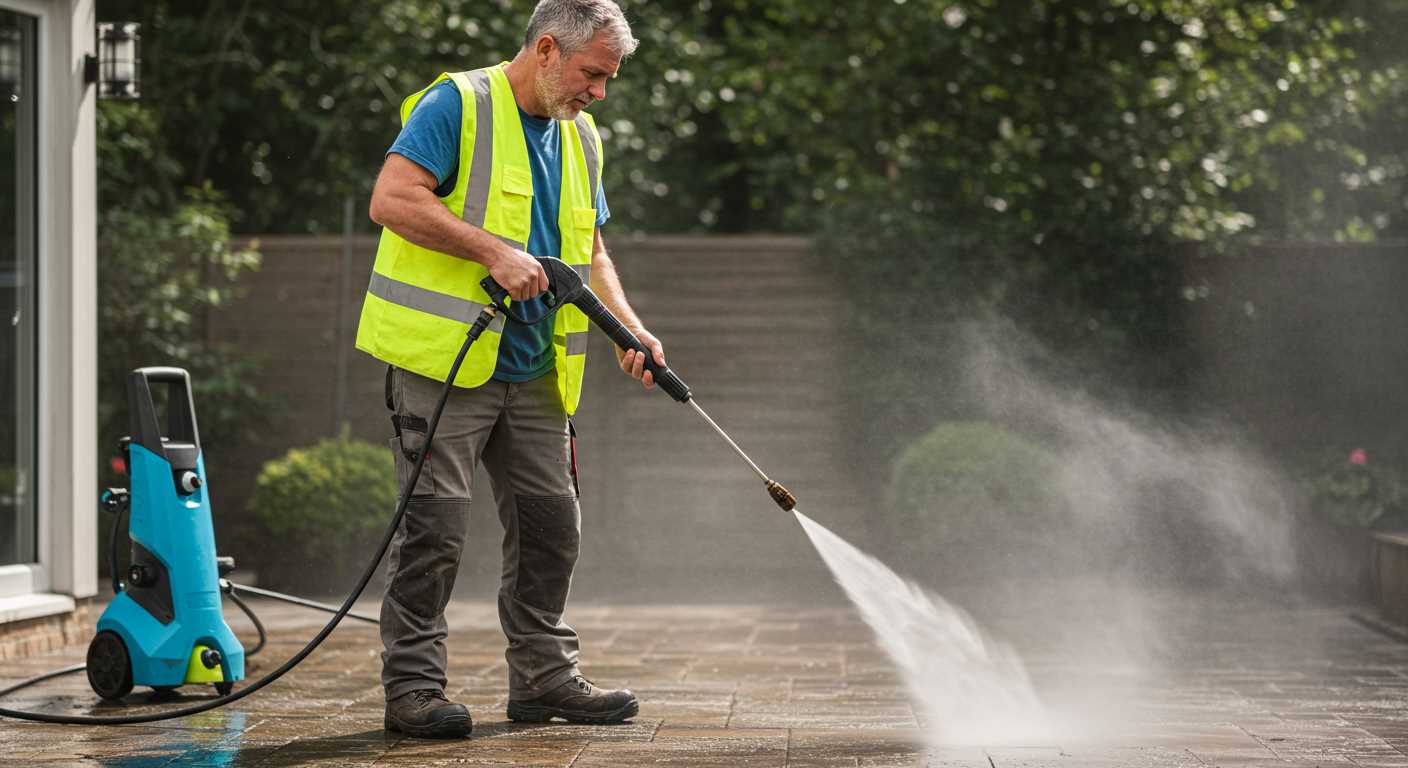
Soft washing agents designed for delicate surfaces are effective. Applying a mixture of mild detergent and water can dissolve dirt and grime without the risk of harm. After application, gently agitate the surface using a soft brush and rinse with low-pressure water. This approach provides a thorough cleanse without jeopardising the integrity of the structure.
Potential Risks of Using a Pressure Washer on Solar Panels
.jpg)
Using high-pressure cleaning equipment on photovoltaic systems can lead to various issues that may compromise their functionality. It’s advised to refrain from this method due to the following concerns:
| Risk | Description |
|---|---|
| Surface Damage | Intense water jets can scratch or crack the protective coating, affecting the performance and longevity of the modules. |
| Separation | High pressure could cause seals and adhesives to weaken, potentially leading to water ingress and subsequent electrical issues. |
| Water Contamination | Using untreated water can leave mineral deposits or residues, which may diminish the efficiency of energy conversion. |
| Electrocution Hazard | Working near electrical components under pressure increases the risk of electrical shock, especially if water splashes onto connections. |
| Warranty Voids | Many manufacturers specify that using inappropriate cleaning methods voids warranties, leading to costly repairs. |
For effective maintenance, utilise soft brushes or specialised cleaning solutions designed for photovoltaic technology. Regular inspections and gentle cleaning promote optimal performance without risk of damage.
Recommended Pressure Settings for Safe Cleaning
The ideal pressure for maintaining photovoltaic arrays typically falls between 1,500 to 2,500 PSI (pounds per square inch). Using a setting higher than this can jeopardise the surface integrity and lead to potential damage.
Understanding Water Flow
In addition to pressure, water flow rate matters. A flow rate of around 2.5 to 3.5 GPM (gallons per minute) is usually adequate. This rate ensures a thorough wash while avoiding excessive force that may dislodge components.
Recommended Nozzle Types
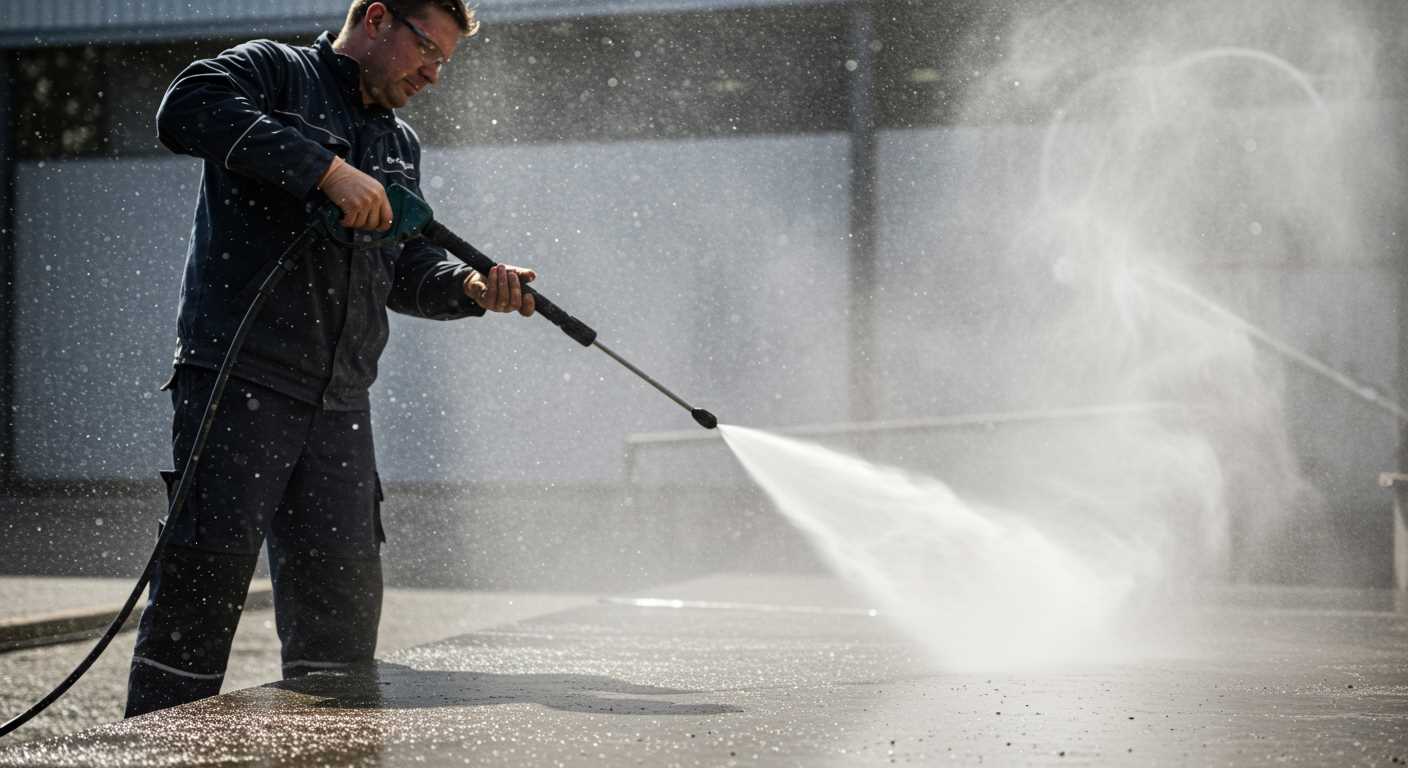
Select a wide-angle nozzle, ideally between 25 to 40 degrees. This choice disperses water effectively and reduces the impact force, minimising the risk of surface breakage. Avoiding narrow nozzles is crucial, as they concentrate pressure in a small area and may harm the surface.
Regularly testing settings on a less visible area is prudent before proceeding to wider applications. Adjusting the pressure and flow incrementally allows for better control and reduces unintentional damage.
Alternative Cleaning Methods for Solar Panels
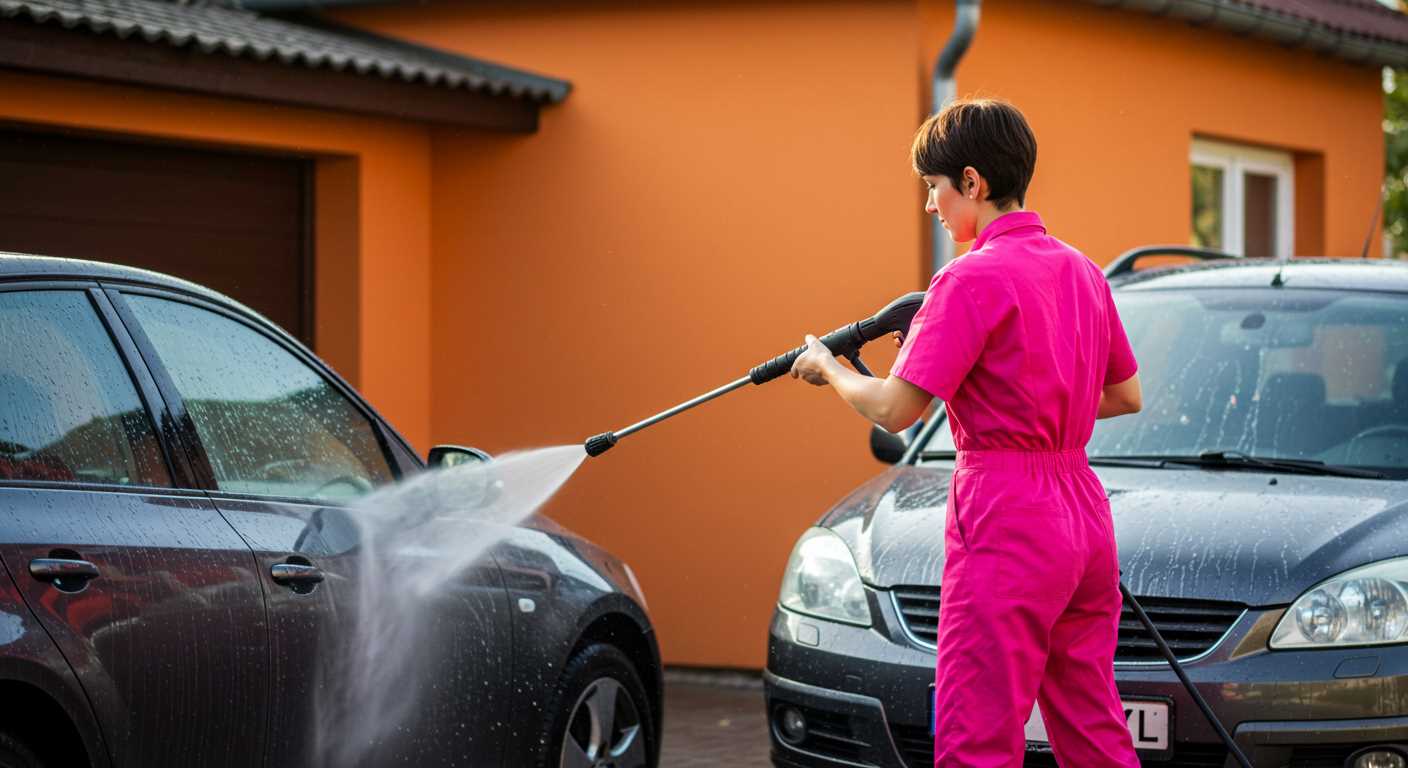
Soft brushing and rinsing are highly recommended techniques for maintaining the cleanliness of photovoltaic systems. Utilising a soft-bristled brush helps to remove dirt and debris without causing any scratches. Pairing this with a gentle rinse using a hose effectively dislodges stubborn residues without damaging sensitive surfaces.
Using Water and Mild Detergents
Incorporating mild detergents into the cleaning process offers additional benefits. A solution made with water and a gentle dish soap can effectively cut through grease and film. Applying this mixture with a soft cloth ensures thorough coverage while preserving the integrity of the glass. Always remember to rinse thoroughly to avoid leaving any soap residue.
Leveraging Reachable Equipment
If the installation permits, consider using extendable cleaning tools designed for window washing. These aid in reaching elevated areas while maintaining a safe distance from the panels. Such equipment often includes a squeegee attachment that ensures streak-free results. Regular maintenance, adapted to local weather conditions, will enhance the energy efficiency of the installation over time.
Cleaning Frequency and Maintenance Tips for Solar Panels
To maintain optimal performance, regular upkeep of your energy collection systems is required. A routine inspection every six months is advisable, with additional checks after harsh weather. This guarantees that accumulated debris or environmental residues do not impede efficiency.
Recommended Cleaning Schedule
If your installation is near heavy foliage, a quarterly cleaning schedule is beneficial. Conversely, installations situated in arid regions may only require maintenance once or twice annually. Always assess the local conditions that might contribute to dirt accumulation, adjusting your schedule accordingly.
Maintenance Techniques
Utilise soft brushes or squeegees along with non-abrasive cleaning solutions formulated specifically for energy collection units. These methods prevent scratching while thoroughly removing grime. Always rinse off cleaners with plenty of water to avoid residue build-up. When handling maintenance tasks, take advantage of shade whenever possible to prevent streaking caused by direct sunlight.
Finally, inspect connections and wiring for any signs of wear or damage during your checks, ensuring the entire system remains effective and safe. Regular observance and the application of these practices will extend the operational lifespan of your installation, enhancing long-term productivity.
Environmental Considerations When Cleaning Solar Panels
Using high-pressure equipment to maintain your photovoltaic system may lead to unintended ecological consequences. Before engaging in such methods, it is crucial to evaluate the potential impacts on local wildlife and vegetation. Water runoff, particularly if containing detergents or other chemicals, can contaminate nearby soil and waterways.
Water Usage and Conservation
The amount of water consumed during maintenance routines can be significant. Consider opting for methods that utilise minimal water, as unnecessary consumption can strain local resources, especially in arid regions. Implementing rainwater harvesting systems for cleaning purposes can mitigate usage and promote sustainability.
Native Flora and Fauna
- Assess local ecosystems–prior to washing activities, ensure there are no nesting birds or sensitive species within the area.
- Avoid using harsh chemicals that could harm beneficial insects and plants.
Evaluating the surrounding environment prior to any cleaning actions is essential for maintaining ecological balance. Explore eco-friendly options rather than resorting to aggressive cleaning techniques that can disrupt local habitats.
After cleaning, always check for any residues that may have gathered and ensure proper disposal of wastewater to prevent contamination. Adopting a mindful approach contributes positively to the surrounding environment while keeping your energy generation equipment in optimal condition.
Expert Recommendations and Professional Services for Solar Cleaning
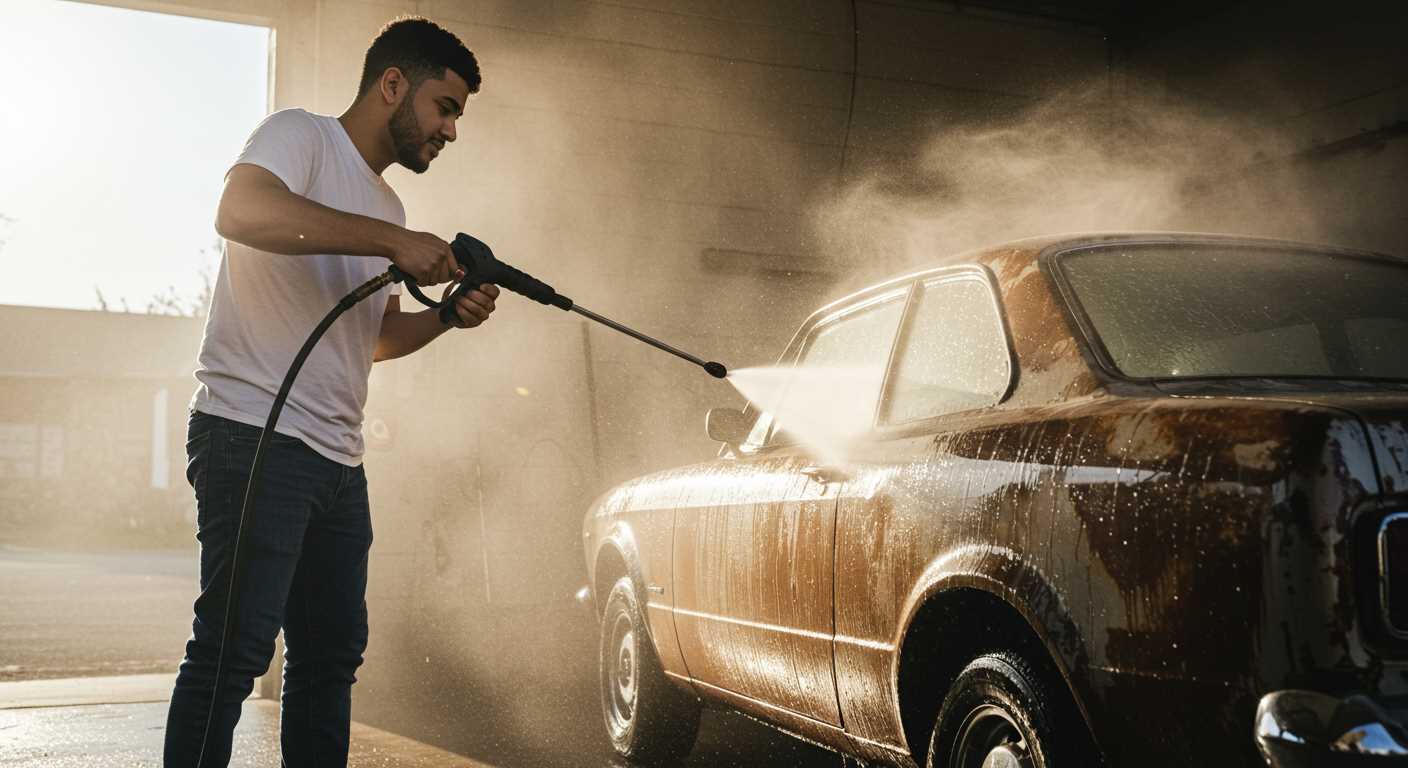
Regular maintenance ensures optimal performance of energy generation systems. Hiring professionals for cleaning significantly reduces risk associated with DIY methods. Professional services are equipped with the right tools and techniques to ensure safety and effectiveness.
Recommendations include:
- Seek out companies that specialise in cleaning photovoltaic systems. They possess experience and knowledge specific to the requirements of these technologies.
- Verify insurance and certification before hiring. A qualified team should have liability insurance to cover potential damage during service.
- Request an assessment before service. This helps in identifying unique challenges related to your system’s location, angle, and potential obstructions.
- Look for companies that use eco-friendly cleaning solutions. This promotes environmental responsibility while ensuring thorough cleaning.
In terms of professional service frequency:
- Schedule cleanings bi-annually in areas with moderate rainfall.
- Increase frequency to quarterly in regions with high dust, pollen, or bird droppings.
- Monitor energy output regularly; a significant drop in efficiency could indicate the need for immediate cleaning service.
Research customer reviews and case studies to assess a provider’s reliability and results. Building a relationship with a trusted professional can lead to tailored service that suits your specific requirements.
Be vigilant about who works on your installation. Inadequate techniques can lead to damage and reduced efficiency. A well-maintained energy system not only performs better but also prolongs the lifespan of the equipment.








